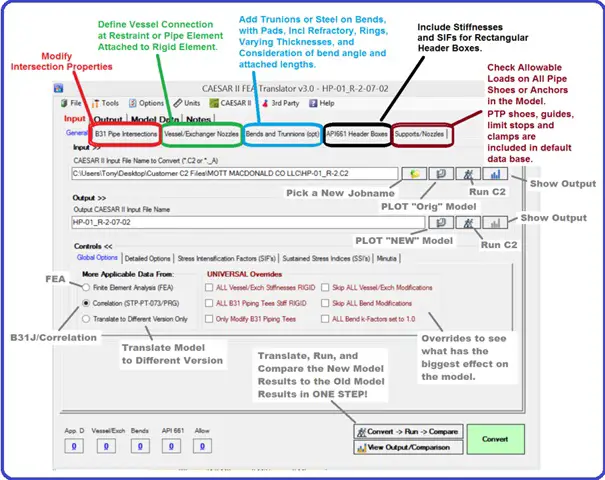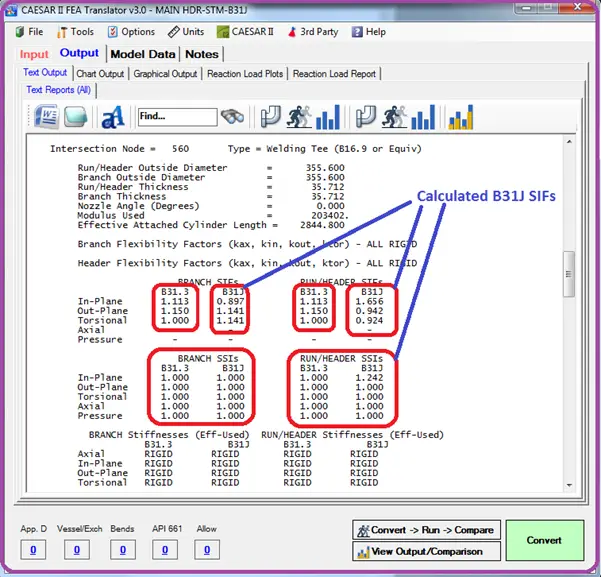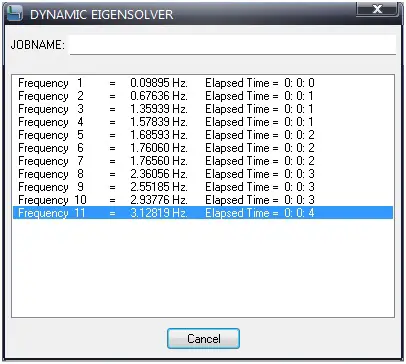Introduction to B31J Essentials in Caesar II
Many of you must be aware that Intergraph announced an extension of Caesar II 2017 in May 2017. B31J Essentials provides a set of calculations for revised SIFs and flexibility factors, as defined in the code ASME B31J-2017, Stress Intensification Factors (i-Factors), Flexibility Factors (k-Factors), and their Determination for Metallic Piping Components.
Benefits of Using the B31J Module of Caesar II
By using these revised SIFs and flexibilities, your stress analyses produce more accurate results. B31J Essentials provides the “more applicable data” referenced in recent editions of the piping codes. If someone is currently on CAESAR II maintenance and has installed CAESAR II 2017 (v.9.00), He can download the B31J Essentials installer from Intergraph Smart Support (https://smartsupport.intergraph.com) for free and install in their system. This article will try to inform what ASME B31J covers in brief.
What is ASME B31J?
For a long time, there was a need for a standard method to develop stress intensification factors (SIFs or i-factors) for ASME piping components and joints. At the time, the B31 Code books provided SIFs for various standard fittings and joints but did not provide guidance on how to conduct further research on existing SIFs or how to establish SIFs for nonstandard and other standard fittings or joints.
ASME B 31J is the outcome of recent research by MDC on current manufacturing practices in the SIF and k-factor test procedures, to provide a consistent and up-to-date table of SIFs and k-factors for metallic piping components.
ASME B 31J provides a standard approach for the development of SIFs, k-factors, and sustained stress multipliers for piping components and joints of all types, including standard, nonstandard, and proprietary fittings. However, this code still does not cover fittings that have a D/T ratio greater than 100 for which you have to be dependent on FEA analysis.

Sustained stress multipliers are used to multiply the nominal bending stress due to sustained loading and reflect the collapse capacity of the metallic piping component or joint. Where more accurate sustained stresses are needed but an equation for the sustained stress is not given in the B31 Code book, nominal stresses due to sustained moments computed using the section modulus of the matching pipe should be multiplied by the appropriately sustained stress multiplier. Where the sustained stress is needed and an equation for the sustained stress is given in the Code book as a function of the SIF and provided in lieu of more applicable data, the sustained stress multipliers developed using the method in this Standard may be substituted as more applicable data and used with the nominal stress computed using the section modulus of the matching pipe.
Broadly The code provides the following:

- Included the most applicable currently available stress intensification and flexibility factors compiled from test and analysis data for standard commercially available metallic components in a tabular format.
- Nonmandatory Appendix A provides the standard method to develop stress intensification factors.
- Nonmandatory Appendix B provides the standard method to develop branch connection flexibility factors.
- Nonmandatory Appendix C demonstrates how the new branch connection k-factors should be used in the elastic analysis of piping systems, and
- Nonmandatory Appendix D provides a standard method to develop sustained stress factors.
B31J Essentials is a FEATools (Version 3.0) but limited to only the B31J calculations (for SIFs and Flexibilities). One can access the B31J calculations by selecting the FEA Translation option from the CAESAR II Main Menu. The software starts FEATools, which provides the B31J computations for the translated CAESAR II model.









keep going ,all your topics are really interesting